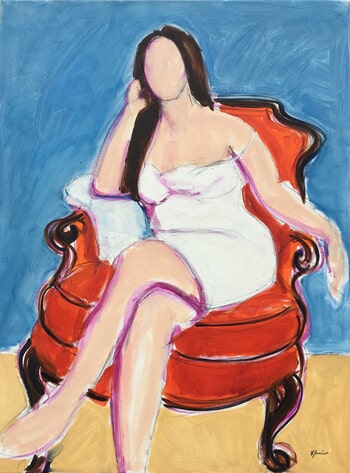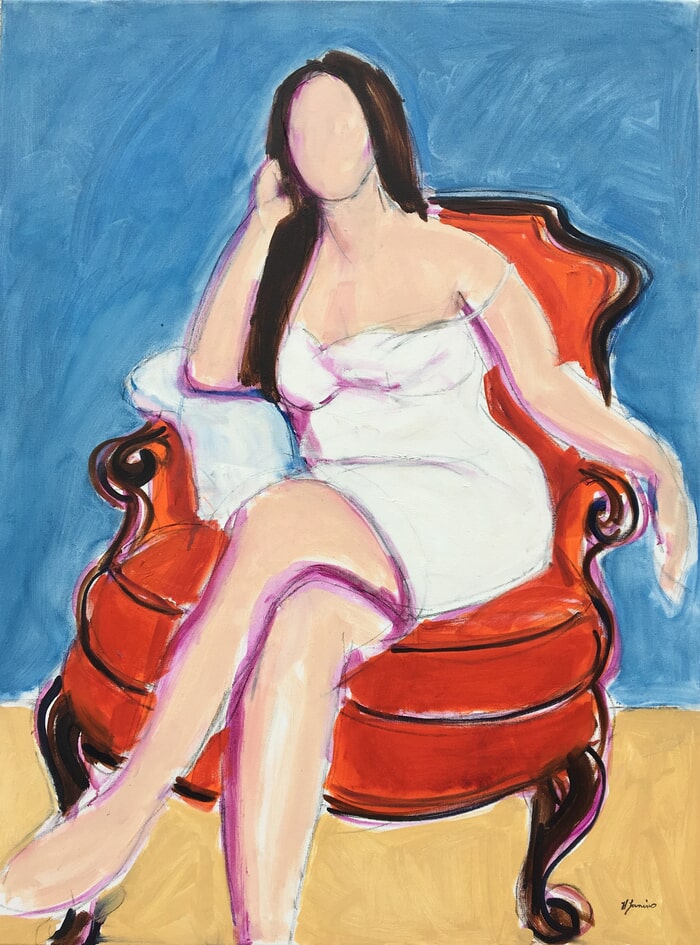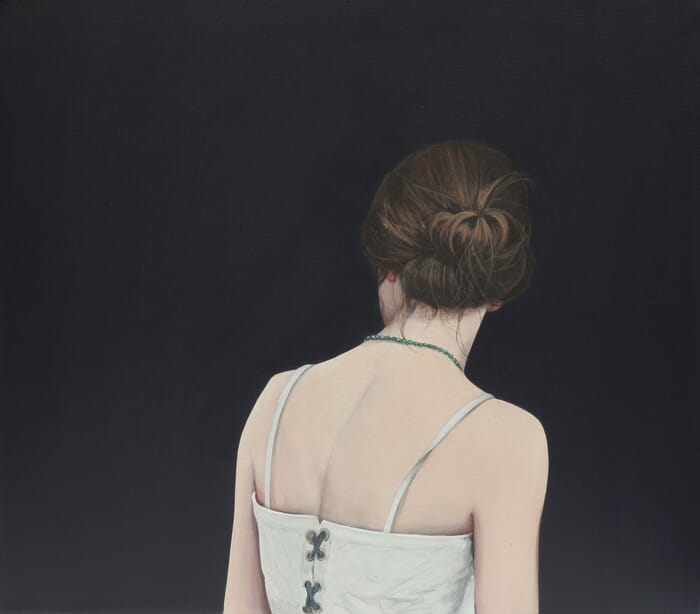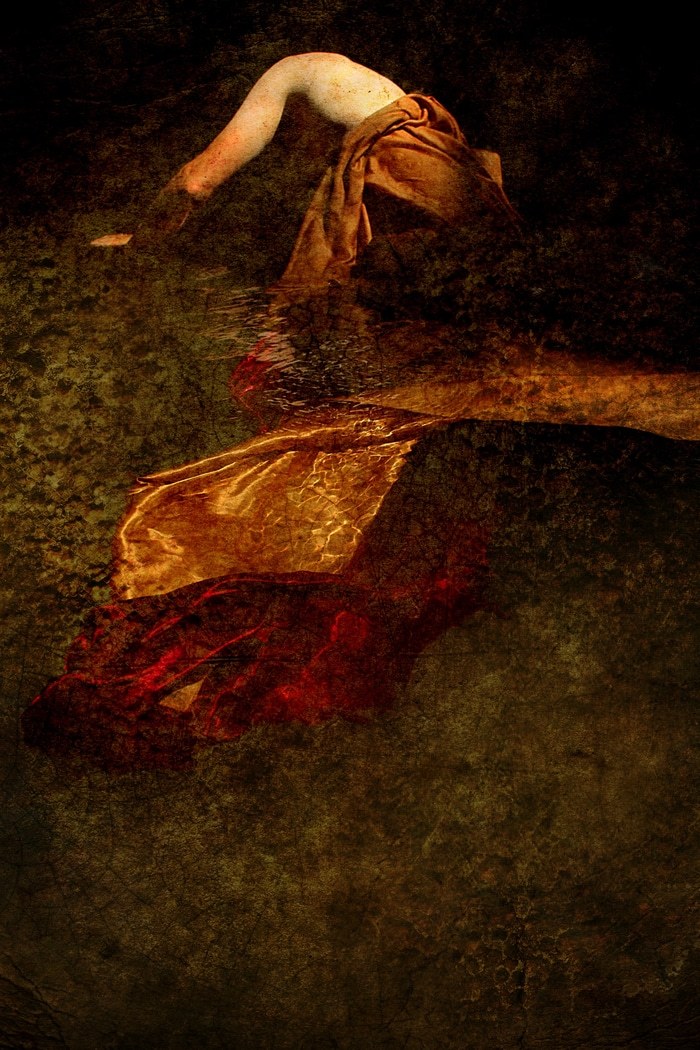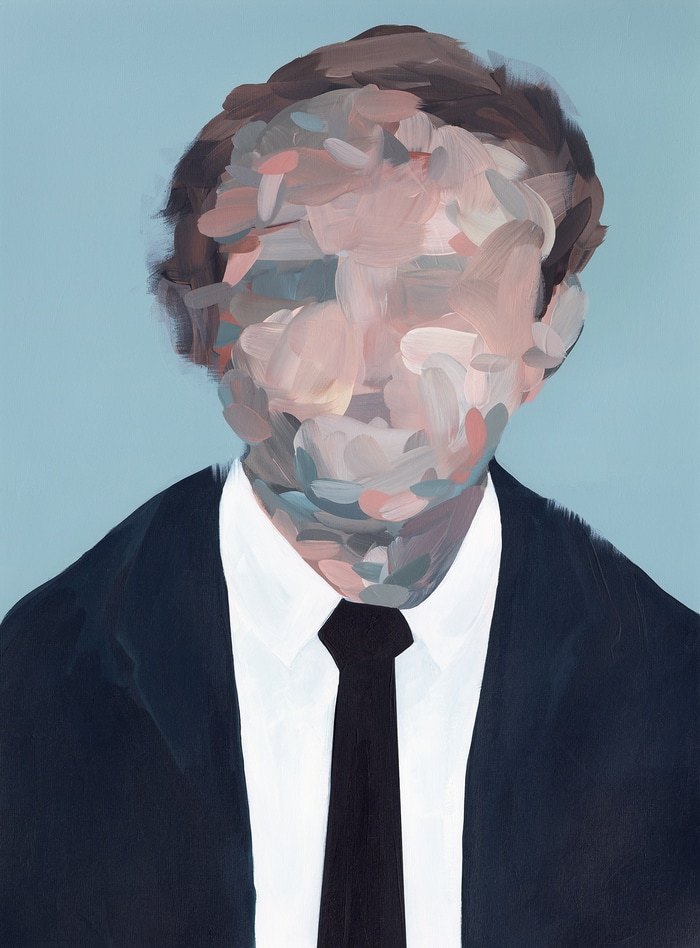Portrait art has long captivated audiences, serving as a mirror to society's evolving perceptions of identity, status, and emotion. Today, the tradition continues with a diverse array of artists who bring fresh perspectives to this timeless genre. For those seeking portrait art for sale, platforms like Rise Art offer curated selections that cater to both seasoned collectors and newcomers alike.
The History of Portrait Art
The art of portraiture dates back to ancient civilizations, where rulers and deities were immortalized in stone and paint. During the Renaissance, portrait art flourished as artists like Leonardo da Vinci and Rembrandt sought to capture the human soul with unprecedented realism. This era emphasized individuality and the human experience, laying the groundwork for future explorations in the genre.
In the 19th and 20th centuries, portraiture evolved alongside movements such as Impressionism and Cubism. Artists began to experiment with abstraction and symbolism, moving beyond mere likeness to explore deeper psychological and emotional dimensions. This period saw the rise of diverse styles, reflecting the complexities of modern identity.
Today, portrait art encompasses a wide range of mediums and approaches. Contemporary artists blend traditional techniques with modern themes, addressing issues of gender, race, and personal narrative. The genre remains a dynamic field, continually adapting to reflect the ever-changing human condition.
Portrait Artworks to Purchase on Rise Art
For those interested in acquiring portrait art, Rise Art showcases a selection of contemporary artists who bring unique voices to the genre:
Known for her award-winning portraits that celebrate fuller figures, Karen Turner challenges traditional notions of beauty. Her oil paintings offer commentary on societal expectations, presenting subjects with sensitivity and normalizing diverse body types. Turner's meticulous technique, using the smallest brushes, results in works that often take months to complete, reflecting her dedication to detail.
James Robert Morrison's work delves into themes of identity and intimacy, often drawing from personal experiences. His series "There is never more than a fag paper between them" features delicate pencil drawings on cigarette paper, exploring queer relationships with subtlety and depth. Morrison's approach combines realism with abstraction, inviting viewers to contemplate the nuances of human connection.
A multidisciplinary artist and illustrator, Tribambuka's portraiture blends elements of Russian avant-garde, Cubism, and Fauvism. Her works often explore themes of shifting identity, home, and belonging, reflecting her experiences as a British artist of Russian origin. The use of bold colours and structured compositions characterizes her distinctive style.
Born in Buenos Aires with Paraguayan and Argentine heritage, Victoria Stagni's figurative paintings oscillate between realism and dreamlike imagery. Influenced by Latin American literature's "magical realism," her portraits often feature women surrounded by animals, creating narratives that explore themes of nature, identity, and the subconscious. Stagni's use of vibrant colours and intricate details invites viewers into her richly imagined worlds.
Exploring the works of these artists on Rise Art provides a window into the diverse approaches to portraiture in contemporary art. Whether you're drawn to the celebration of body positivity, explorations of identity, or the fusion of realism with the fantastical, there's a portrait artwork waiting to resonate with you.
Read more: 10 Artists Promoting Diversity Through Portraiture























